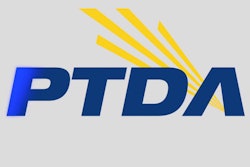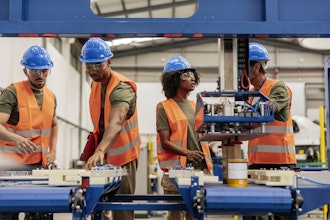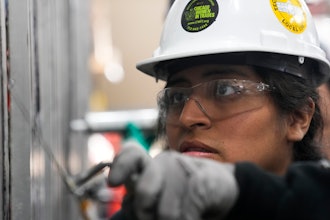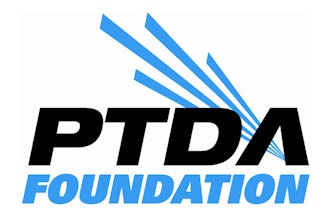
I think we can agree that, despite all the hardships that have come along with the pandemic, there have been a handful of silver linings. Anecdotally, I’ve heard universal appreciation for the way our lives have slowed down. Less time commuting meant more family dinners and for those of us with kids or beloved pets at home, the extra time is something we never would have gotten otherwise.
 Anna Wells, ID Executive Editor
Anna Wells, ID Executive Editor
But perhaps more than anything, we’ve placed a new emphasis on how we assess our policies around safety and health. For many distributors, selling PPE takes a backseat only to using PPE within their own facilities — and establishing ways to protect employees and customers from any exposure that could result in a COVID-19 infection.
But when it comes to health and safety, PPE is just one aspect. A recent report by ISN, a compliance management platform, reminds us that there are some big safety challenges facing warehouses these days that have nothing to do with COVID-19.
According to a recent blog by Jenny Buckley, vice president of ISN, despite a 20-year steady decline in overall recorded incident rates in the US, serious injury and fatality (SIF) rates have not slowed down and the transportation and warehousing industry actually led in SIF rates from 2017 to 2019.
Buckley says the lower extremities and the trunk were impacted most often, and that “this consistency demonstrates a serious lack of proactivity among safety leaders in the transportation and warehousing industry.”
ISN isn’t the only one sounding the alarm. OSHA recently released its list of the top ten violation categories for 2020 and they were largely the same as years prior. While there’s debate as to how effective OSHA has been in policing COVID-19-related infractions, there’s an underlying point here: the same basic safety infractions we’ve seen top this list for years — things like fall protection and improper hazcom — are still there. And just as Buckley ascertained, the data is damning: the fact that the same violations continue to top the list indicates a lack of initiative on the part of certain — not all — businesses who seem indifferent towards the programs and product solutions that could move the needle in these critical areas.
So while it’s great to follow the expert guidance out there on how to implement a record-keeping system or where to implement HVAC modifications or plexiglass barriers, it’s important that we don’t neglect the rest. Based on the research of ISN and OSHA, there are real safety issues in play in the average warehouse, and COVID-19 is just one of many.
So while you assess your approach to virus mitigation, don’t forget about the rest. According to ISN, organizations are less likely to experience SIFs if they offer a Process Safety Management (PSM) Facility, if the employer has established an environmental program, or employs a paramedic at the worksite or during large projects. But the underpinning is a strong safety culture, an overhaul that takes more than just establishing compliance goals. It starts from the top down. And it needs to start now.






















